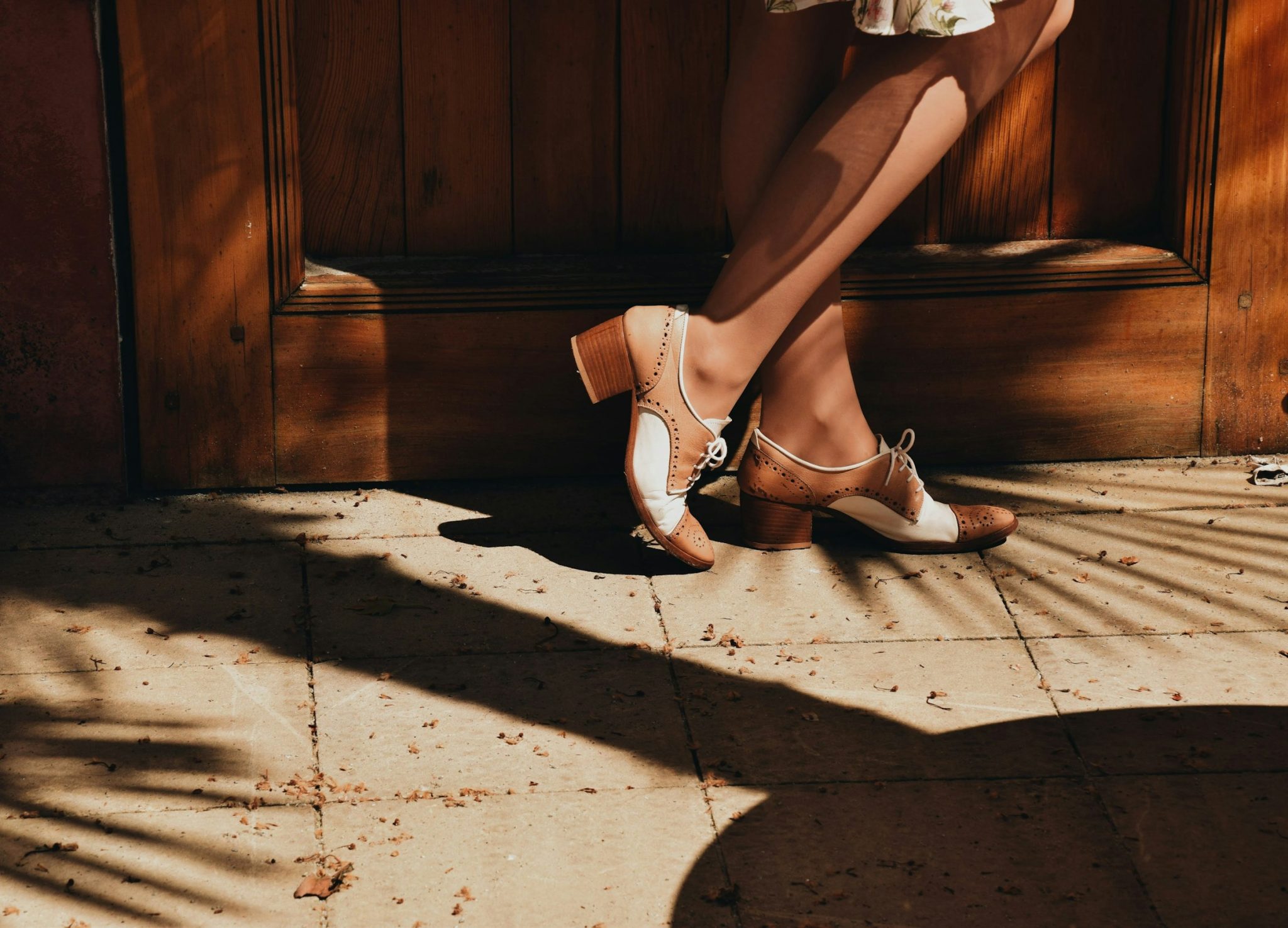Often overlooked as mere accessories, shoes hold a profound cultural significance that transcends mere functionality. From ancient rituals to contemporary fashion statements, footwear serves as a reflection of societal norms, individual identity, and collective history. Let’s embark on a journey through the rich tapestry of shoe culture and explore the myriad of ways that shoes have shaped human civilization.

Symbolism and Status
Throughout history, shoes have been imbued with symbolic meaning, signifying social status, religious beliefs, and cultural identity. In many cultures, footwear has been used as a marker of wealth and privilege, with ornate designs and expensive materials reserved for the elite. Conversely, going barefoot or wearing simple shoes has been associated with humility and asceticism, reflecting values of simplicity and modesty. Shoes also play a significant role in religious rituals and ceremonies, with specific styles and colors carrying spiritual significance.
Wide shoes for women have been designed to provide the same style and confidence but with comfort included. Whether adorned with intricate patterns, precious gems, or worn as a humble covering, shoes continue to serve as a powerful symbol of human expression and societal values across cultures and throughout time.
Fashion and Identity
In the realm of fashion, shoes aren’t merely practical necessities but powerful expressions of personal style and identity. From stiletto heels to sneakers, each shoe type conveys a distinct message about the wearer’s personality, taste, and social affiliations.
Fashion designers often use shoes to make bold statements or challenge conventional norms, pushing the boundaries of creativity and self-expression. Additionally, shoes can evoke nostalgia and cultural nostalgia, serving as potent symbols of bygone eras and subcultures.
Performance and Functionality
Beyond aesthetics, shoes play a crucial role in facilitating human movement and performance. Whether sprinting on a track, hiking through rugged terrain, or dancing on a stage, the right pair of shoes can enhance comfort, support, and agility.
Athletes and performers rely on specialized footwear tailored to their specific needs, incorporating advanced technologies and materials to optimize performance and minimize the risk of injury. The evolution of athletic shoes reflects ongoing advancements in biomechanics, engineering, and sports science.

Craftsmanship and Tradition
In an age of mass production and disposable fashion, artisanal shoemaking traditions continue to thrive, preserving centuries-old craftsmanship techniques and cultural heritage. From Italian leather artisans to Japanese master cobblers, skilled craftsmen and women around the world create bespoke footwear of unparalleled quality and beauty.
Each pair of handcrafted shoes tells a story, embodying the dedication, skill, and passion of its maker. In an era of fast fashion and mass production, handmade shoes serve as a testament to the enduring value of tradition and craftsmanship.
Conclusion
From Sole to Soul, the cultural significance of shoes transcends their material form, encompassing layers of meaning, symbolism, and historical context. As objects of beauty, utility, and cultural expression, shoes occupy a unique place in the human experience, connecting people across time and space. Whether they’re symbols of status, expressions of identity, or tools for performance, shoes continue to shape our lives and narratives in profound and meaningful ways.
- About the Author
- Latest Posts
Whether she is researching the latest trends in home decor, life-changing destination getaways, or the best way to maintain your finances, Dewey takes pride in leaving no stone unturned. She is passionate about distilling and delivering high-quality information that you can use to upgrade your life.

